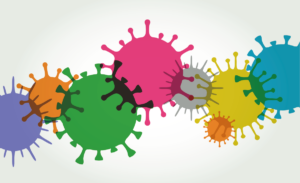 Next-Generation Sequencing (NGS) is a revolutionary technology for the high-speed, high-volume analysis of nucleic acid sequences.
Next-Generation Sequencing (NGS) is a revolutionary technology for the high-speed, high-volume analysis of nucleic acid sequences.
Leveraging this capability, we offer a wide range of contract sequencing services to meet diverse research and diagnostic needs. Our comprehensive offerings include whole-genome and whole-exome analysis, targeted gene panel sequencing, comprehensive RNA sequencing to measure gene expression, and microbiome analysis to study microbial communities like gut flora.

 We comprehensively decode the entire human DNA sequence, which spans approximately 3 billion base pairs.
We comprehensively decode the entire human DNA sequence, which spans approximately 3 billion base pairs.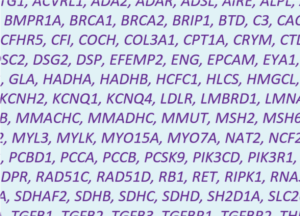
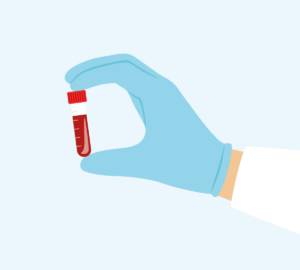 By analyzing circulating tumor DNA (ctDNA) collected from a blood sample, we can gain valuable information for cancer diagnosis, monitoring treatment effectiveness, and the early detection of recurrence.
By analyzing circulating tumor DNA (ctDNA) collected from a blood sample, we can gain valuable information for cancer diagnosis, monitoring treatment effectiveness, and the early detection of recurrence. 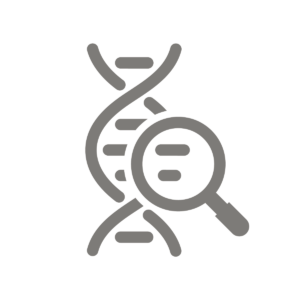
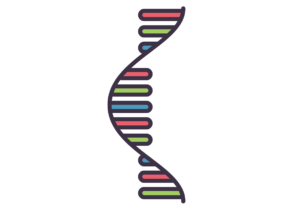
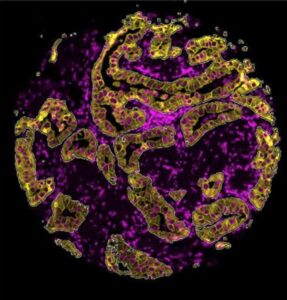 Spatial analysis enables the high-resolution examination of specific gene and protein expression on tissue sections, preserving crucial spatial information.
Spatial analysis enables the high-resolution examination of specific gene and protein expression on tissue sections, preserving crucial spatial information. This technology comprehensively decodes the composition and balance of diverse microbial communities (microbiota) inhabiting specific biological environments such as the oral cavity and intestines using next-generation sequencers.
This technology comprehensively decodes the composition and balance of diverse microbial communities (microbiota) inhabiting specific biological environments such as the oral cavity and intestines using next-generation sequencers. 